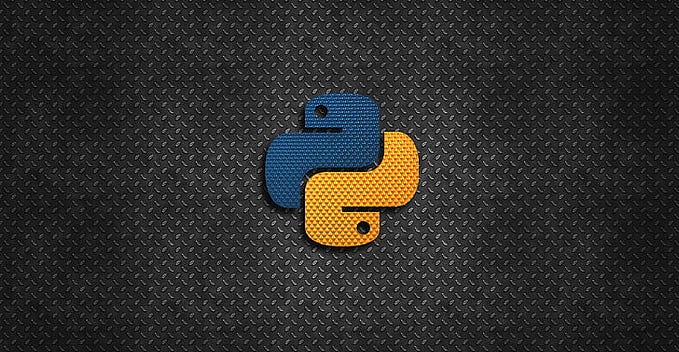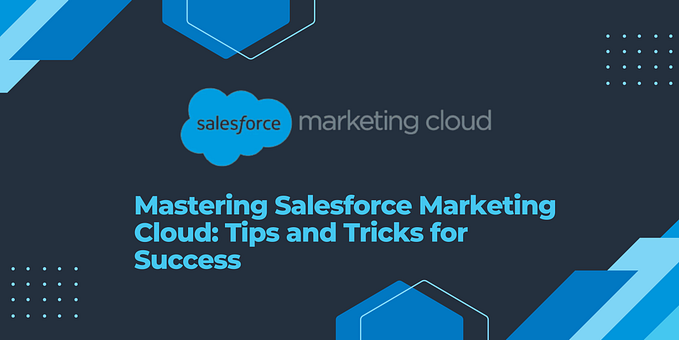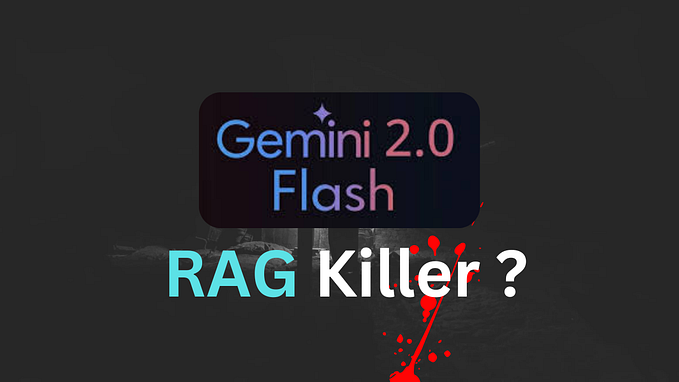1. Introduction to Python

Python is a high-level, interpreted programming language that is widely used for web development, data analysis, artificial intelligence, and scientific computing. It is a versatile language that is well-suited for a wide range of tasks and is known for its simplicity and readability.
One of the key features of Python is its vast ecosystem of libraries and frameworks, which makes it easy to perform complex tasks with minimal code. For example, the popular libraries NumPy and Pandas make it easy to work with large datasets, while the libraries scikit-learn and TensorFlow make it easy to build machine-learning models.
Python also has a large and active community, which means there is a wealth of tutorials, documentation, and support available for those who are learning the language. Python training is also important to learn all its fundamentals with ease.
Python was first released in 1991 by Guido van Rossum, and it has since grown to become one of the most popular programming languages in the world. It is widely used in industry, academia, and government for a wide range of tasks, including web development, data analysis, and machine learning.
Python is an open-source language, which means that it is free to use and distribute, and the source code is available for anyone to inspect and modify.
Overall, Python is a great language to learn for anyone interested in programming, and it can be used for various purposes such as web development, data science, artificial intelligence, and much more.
Here are some facts about Python-
· History and background of Python: This section would cover the origins of the Python programming language, its creator Guido van Rossum, and the reasons why it was created. It would also include information about its popularity and use cases.
· Setting up a development environment: This section would cover how to install Python and any necessary dependencies on different operating systems, as well as how to set up a development environment using an IDE (Integrated Development Environment) or text editor.
· Basic syntax and data types: This section would cover the basic syntax of Python, including indentation and naming conventions, as well as the various data types supported by Python, such as strings, integers, floats, and booleans.
· Basic commands and operations: This section would cover basic commands and operations that are used in python like print, input, range, while, if-else, etc.
2. Python Fundamentals

· Variables and Operators: This section would cover the basics of variables, how to declare and assign values, and the different types of operators available in Python, such as arithmetic, comparison, and logical operators.
· Control Flow and Loops: This section would cover the different control flow statements available in Python, such as if/else statements and for/while loops, and how to use them to control the flow of a program.
· Functions and Modules: This section would cover how to create and use functions in Python, including the use of parameters and return values, and how to use modules, including the import statement and built-in modules.
· Object-Oriented Programming: This section would cover the basics of object-oriented programming in Python, including classes, objects, inheritance, and polymorphism.
· Exception Handling: This section would cover how to handle and raise exceptions in python.
· List, Tuples, and Dictionaries: This section would cover the data structures available in python like lists, tuples, and dictionaries, and how to use them to store and manipulate data in an efficient way.
3. Advanced Python Concepts
· Error and Exception Handling: This section would cover how to handle and raise exceptions in python and the built-in exception types. It would also cover how to use try-except and try-finally blocks for exception handling and how to create custom exceptions.
· File Input/Output: This section would cover how to read and write files in python, including opening and closing files, reading and writing data, and working with file paths.
· Regular Expressions: This section would cover how to use regular expressions in python to match and manipulate strings, including the use of special characters and meta characters and common use cases like pattern matching and data validation.
· Debugging and testing: This section would cover how to debug and test python code, including using the built-in debugging tools such as pdb, and using testing frameworks such as unit tests.
· Lambda function, map, filter, and reduce: This section would cover the functional programming concepts of python like lambda function, map, filter, reduce, and how to use them to write more efficient and readable code.
· Decorators: This section would cover how to use decorators in python to add functionality to functions and classes.
· Generators and Iterators: This section would cover the concepts of generator and iterator in python and how to use them to create efficient and memory-friendly code.
4. Python Libraries and Frameworks
· NumPy and Pandas for data analysis: This section would cover the use of the NumPy and Pandas libraries for working with numerical and tabular data in python, including array manipulation, statistical operations, and data cleaning and preparation.
· Matplotlib and Seaborn for data visualization: This section would cover the use of the Matplotlib and Seaborn libraries for creating various types of plots and visualizations, including line plots, scatter plots, bar charts, and heat maps.
· Scikit-learn for machine learning: This section would cover the use of the scikit-learn library for implementing machine learning algorithms, including supervised and unsupervised learning, and model evaluation.
· Django and Flask for web development: This section would cover the use of the Django and Flask frameworks for creating web applications in python, including handling requests and responses, routing, and database integration.
· Web scraping with Beautiful Soup and Scrappy: This section would cover the use of the Beautiful Soup and Scrappy libraries for scraping data from websites, including parsing HTML and XML, navigating the Document Object Model (DOM), and handling AJAX requests.
· Requests and JSON: This section would cover the use of the requests library for sending HTTP requests and handling the response, it also covers working with JSON data.
Please note that this list is not exhaustive, there are many other libraries and frameworks available in python that can be used for different tasks.
5. Project and Case studies
· Developing a Python application: This section would cover the process of developing a complete Python application, including designing the application, writing the code, testing, and deploying the application. The application could be a simple command-line tool, a desktop application, or a web application.
· Analyzing real-world data: This section would cover the process of loading, cleaning, and analyzing real-world data using Python libraries such as NumPy, Pandas, and Matplotlib. It could include a case study of analyzing data from a specific domain such as finance, healthcare, or social media.
· Creating a web service: This section would cover the process of creating a web service using a Python web framework such as Flask or Django. It would include topics such as routing, handling requests, and database integration.
· Building a machine learning model: This section would cover the process of building a machine learning model using Python libraries such as scikit-learn, Tensor flow, or Pytorch. It would include topics such as feature engineering, model selection, and evaluation.
· Network programming: This section would cover the basics of network programming in python, including socket programming, creating a client-server application, and working with protocols such as HTTP, FTP, etc.
This section would be an opportunity for students to apply the concepts they have learned throughout the course to real-world projects. It would also provide an opportunity for students to work on their own projects and showcase their work to the class.
Conclusion
Review of key concepts: This section would review the key concepts covered throughout the Python course, highlighting the most important takeaways, and providing a summary of the material.
Additional resources for further learning would provide a list of resources such as books, tutorials, and websites for students to continue their learning after the course.
Tips for staying up-to-date with Python developments would provide tips for staying current with the latest developments in Python, including new libraries, frameworks, and best practices. It would also provide guidance for contributing to the open-source Python community.
There are a lot of career opportunities once you become a Python developer, such as data analyst, data scientist, software developer, web developer, and many more.







